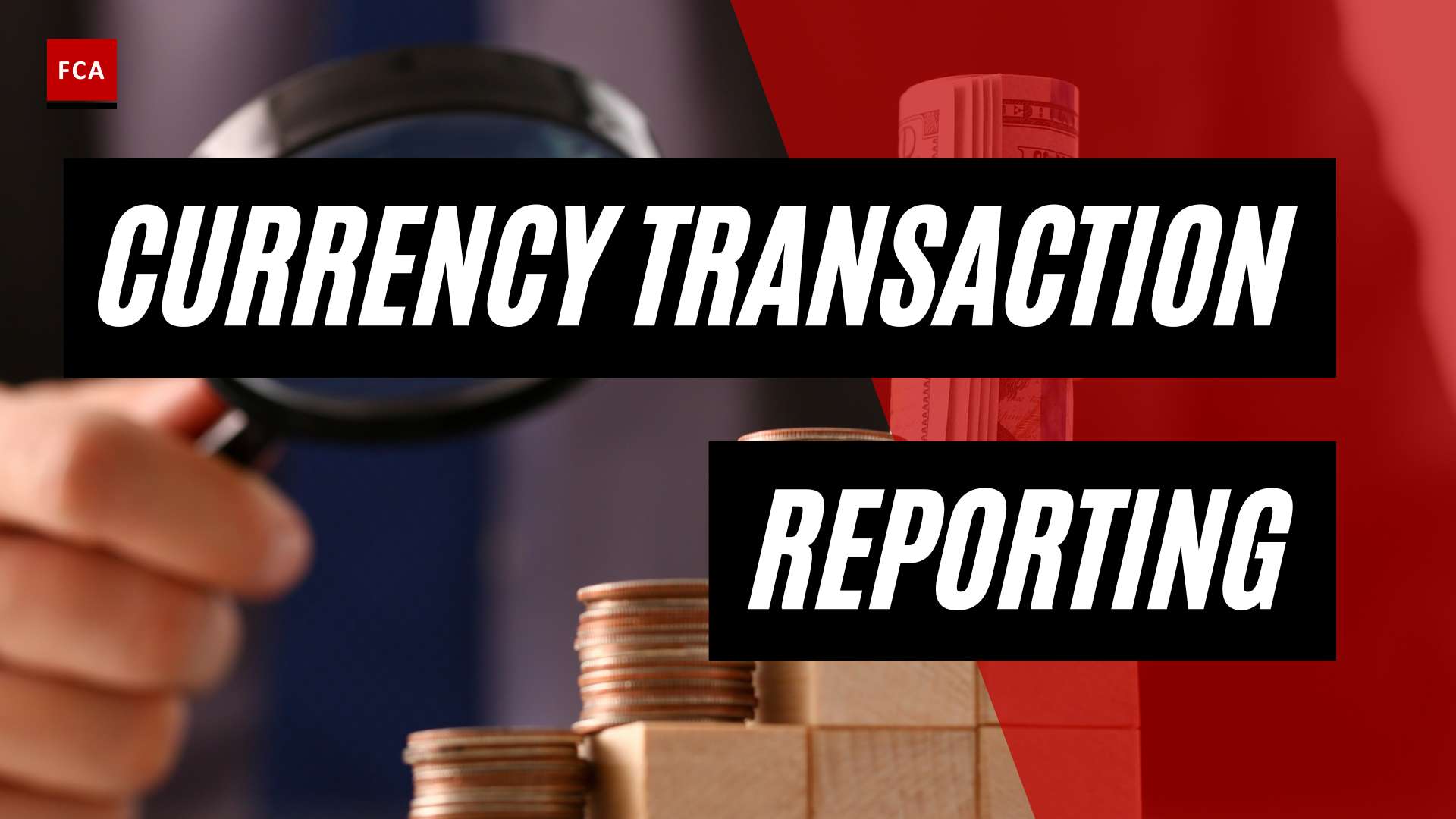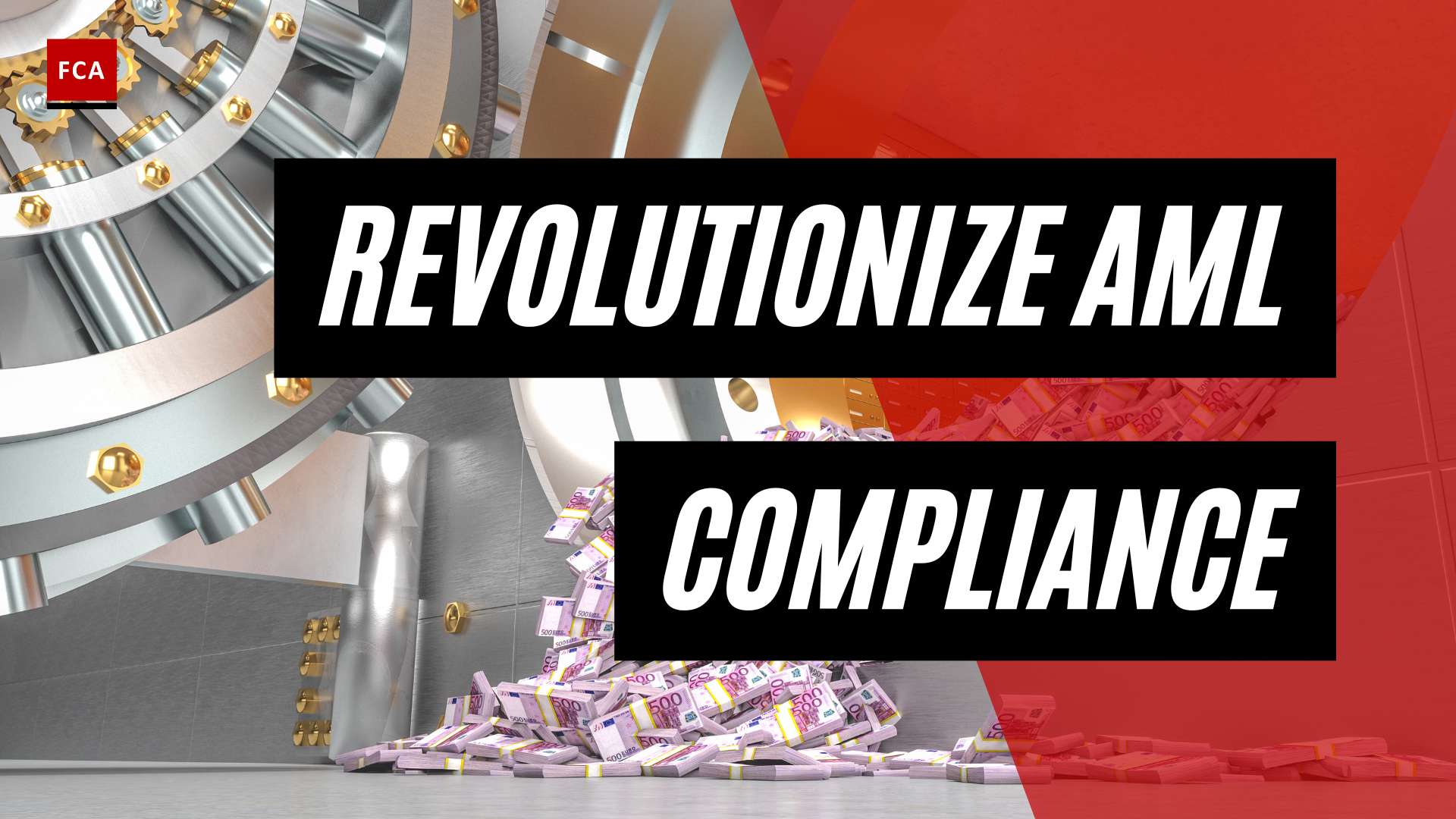Understanding Virtual Asset Laundering
In the digital age, the use of virtual assets, such as cryptocurrencies and digital currencies, has presented new challenges in combating money laundering. Criminals have been quick to adapt and develop sophisticated methods to disguise illicit funds and make them appear legitimate. This section aims to provide an overview of virtual asset laundering, including an introduction to the concept and the evolution of money laundering schemes.
Introduction to Virtual Asset Laundering
Virtual asset laundering refers to the process of disguising the origins of illicit funds and making them appear as legitimate transactions within the virtual asset ecosystem. Criminals exploit the anonymity and decentralized nature of virtual assets to facilitate money laundering activities. Through the use of various techniques and technologies, they attempt to obscure the flow of funds, making it difficult for law enforcement agencies to trace the origins of the illicit funds.
Virtual asset laundering methods have been evolving rapidly with the increasing use of cryptocurrencies, virtual currencies, and other digital assets. Criminals often take advantage of the pseudonymous nature of transactions within the virtual asset ecosystem to carry out illicit activities. These activities can include drug trafficking, terrorist financing, fraud, and other forms of organized crime.
To combat virtual asset laundering effectively, it is crucial for regulators, law enforcement agencies, and financial institutions to stay informed about the latest techniques employed by criminals. By understanding the evolving landscape of virtual asset laundering, authorities can develop effective strategies and tools to detect, prevent, and prosecute money laundering activities.
Evolution of Money Laundering Schemes
Money laundering has a long history, with criminals constantly adapting their methods to evade detection. The advent of virtual assets has introduced new opportunities and challenges in the realm of money laundering. Criminals have embraced virtual asset laundering as a means to exploit the anonymity and decentralized nature of these assets.
Traditionally, money laundering involved processes such as layering, where funds are moved through multiple transactions to obscure their origin, and integration, where the laundered funds are reintegrated into the legitimate economy. With the rise of virtual assets, criminals have developed new techniques specifically tailored to exploit the unique characteristics of these assets.
Some of the methods used in virtual asset laundering include:
-
Tumblers and Mixers: These services aim to break the link between the original source and destination of funds by mixing multiple transactions together. By doing so, they create a complex web of transactions that makes it difficult to trace the flow of funds.
-
Micro-Laundering via Online Games: Criminals exploit the virtual economies of online games to launder money in small increments. Through microtransactions and the purchase of virtual assets, they can convert illicit funds into seemingly legitimate in-game assets.
-
Virtual Business Fronts: Criminals set up virtual businesses or platforms that appear legitimate but are used as a front for money laundering activities. These fronts provide a veneer of legitimacy, making it harder for authorities to identify and track the illicit funds.
As virtual asset laundering techniques continue to evolve, it is crucial for regulators and law enforcement agencies to adapt their strategies and tools to effectively combat these illicit activities. By staying ahead of the curve, authorities can protect the integrity of the financial system and prevent criminals from exploiting virtual assets for money laundering purposes.
Methods Used in Virtual Asset Laundering
Virtual asset laundering involves sophisticated methods to disguise illicit funds and make them appear legitimate. Criminals exploit the unique characteristics of virtual assets and use various techniques to obfuscate the origins of funds and launder money. In this section, we will explore three common methods used in virtual asset laundering: tumblers and mixers, micro-laundering via online games, and virtual business fronts.
Tumblers and Mixers
Tumblers and mixers are tools used by criminals to launder virtual assets. These techniques involve mixing illicit virtual currencies with legitimate ones, making it difficult to trace the original source of funds and launder illegal proceeds. By combining transactions with those of others, tumblers and mixers create a complex web of transactions, making it challenging to establish a direct link to the criminal source.
The use of tumblers and mixers is particularly prevalent in privacy-focused coins like Monero and Zcash. These coins offer enhanced privacy features such as untraceable transactions and stealth addresses, which further obscure the flow of funds during the money laundering process. Criminals exploit the anonymity provided by these privacy coins to hide their illicit activities and launder money through virtual assets.
Micro-Laundering via Online Games
Micro-laundering via online games is another method employed by criminals to launder money using virtual assets. In this technique, criminals use in-game currencies or virtual items to hide and transfer illicit funds. Online games provide a seemingly legitimate platform for financial transactions, making it challenging for authorities to detect and trace the flow of illicit funds.
Criminals take advantage of the vast virtual economies within online games, where players can buy, sell, and trade virtual assets. By using microtransactions and in-game purchases, criminals can move illicit funds through multiple accounts and transactions, making it difficult to identify and track the origin of the money.
Virtual Business Fronts
Virtual business fronts serve as a disguise for illicit activities and facilitate the laundering of virtual assets. Criminals create virtual businesses or online platforms that appear legitimate but are primarily used to launder money. These fronts can include cryptocurrency exchanges, peer-to-peer (P2P) exchangers, and other platforms that enable the conversion of virtual assets into traditional money or other virtual currencies.
By exploiting regulatory gaps and compliance weaknesses, criminals can use virtual business fronts to convert their virtual assets into seemingly legitimate funds. These fronts provide a veneer of legitimacy, making it harder for law enforcement agencies to identify and investigate money laundering activities.
To combat virtual asset laundering effectively, regulatory authorities and law enforcement agencies must stay vigilant and adapt to emerging techniques and technologies. By understanding the methods used in virtual asset laundering, authorities can develop proactive strategies to detect and prevent these illicit activities.
In the next section, we will explore the challenges faced in combating virtual asset laundering, including regulatory gaps, privacy-enhanced coins, and decentralized finance platforms.
Challenges in Combating Virtual Asset Laundering
As criminals continue to exploit advancements in technology, combating virtual asset laundering poses significant challenges for authorities and regulatory agencies. Understanding and addressing these challenges is crucial to effectively prevent and detect illicit financial activities. Here are three key challenges in combating virtual asset laundering:
Exploiting Regulatory Gaps
Virtual asset laundering techniques take advantage of regulatory gaps and weaknesses within the cryptocurrency ecosystem. Criminals exploit these gaps to facilitate money laundering and hide the origins of illicit funds. They often use virtual currency kiosks, cryptocurrency exchanges, and peer-to-peer (P2P) exchangers to convert virtual assets into traditional money or other virtual currencies, making it difficult to trace the flow of funds and identify suspicious transactions (Department of Justice).
To address this challenge, regulatory frameworks and compliance measures need to be strengthened and adapted to the rapidly evolving cryptocurrency landscape. This includes implementing robust know-your-customer (KYC) and anti-money laundering (AML) procedures, enhancing transparency in virtual asset transactions, and ensuring effective supervision and enforcement of regulations.
Privacy-Enhanced Coins and Unhosted Wallets
Privacy-enhanced coins and unhosted wallets present unique challenges in tracking and identifying illicit financial activities associated with virtual asset laundering. Privacy coins, such as Monero and Zcash, offer enhanced privacy features like untraceable transactions and stealth addresses, making it difficult to trace the flow of funds and associate them with specific individuals (UNODC). Mixing or blending services for cryptocurrencies further complicate the tracing of funds, as they obscure the source of transactions by mixing potentially identifiable funds with legitimate ones (UNODC).
Addressing the challenges posed by privacy-enhanced coins and unhosted wallets requires a collaborative effort between regulatory authorities, cryptocurrency exchanges, and virtual asset service providers. Implementing stricter regulations, improving transaction monitoring capabilities, and promoting transparency in virtual asset transactions can help mitigate the risks associated with these privacy-focused technologies.
Decentralized Finance (DeFi) Platforms
The emergence of decentralized finance (DeFi) platforms has introduced new challenges in combating virtual asset laundering. Criminals exploit the decentralized nature of these platforms to evade traditional AML/CFT controls and regulations. DeFi platforms enable the creation of decentralized applications (dApps) and smart contracts that facilitate peer-to-peer transactions without intermediaries. This decentralized ecosystem allows for greater anonymity and reduces the traceability of funds, making it challenging to detect and prevent money laundering activities (Department of Justice).
To address the challenges posed by DeFi platforms, regulatory authorities and industry participants need to enhance their technological understanding of decentralized technologies and develop effective strategies and tools to detect and deter illicit activities. Strengthening international cooperation and information sharing among regulatory agencies and financial institutions is also crucial in combating virtual asset laundering facilitated by DeFi platforms.
By recognizing and addressing these challenges, regulatory authorities, financial institutions, and other stakeholders can work together to strengthen anti-money laundering efforts and protect the integrity of the financial system. Effective regulation, supervision, and collaboration are essential in combating virtual asset laundering and ensuring the transparency and security of virtual asset markets.
Innovations in Anti-Money Laundering Efforts
Addressing the challenges posed by virtual asset laundering requires continuous innovation and adaptation in anti-money laundering (AML) efforts. Law enforcement agencies and regulatory bodies are increasingly focused on enhancing their technological understanding, strengthening international cooperation, and developing effective strategies and tools to combat this evolving threat in the digital age (Department of Justice).
Enhancing Technological Understanding
To effectively combat virtual asset laundering, it is crucial for AML professionals to stay abreast of emerging technologies and their implications for financial crime. The rapid evolution of blockchain technology and cryptocurrencies necessitates a deep understanding of their mechanisms, vulnerabilities, and potential for misuse. By enhancing their technological understanding, authorities can better detect and investigate money laundering activities involving virtual assets.
As criminals continue to exploit the anonymity and complexity of the digital landscape, AML professionals must continually update their knowledge and skills to effectively counter virtual asset laundering schemes. This includes staying informed about the latest techniques employed by criminals, such as cryptocurrency money laundering, virtual currencies and money laundering, and virtual assets money laundering.
Strengthening International Cooperation
Virtual asset laundering knows no borders, making international cooperation essential in combating this global threat. Law enforcement agencies, regulatory bodies, and financial institutions must work together to share information, intelligence, and best practices. Collaboration across jurisdictions enables the identification and disruption of transnational money laundering networks that exploit virtual assets.
By establishing frameworks for cooperation and information sharing, authorities can enhance their ability to trace and track illicit transactions involving virtual assets. This international cooperation aids in identifying individuals and entities involved in money laundering schemes, ultimately leading to targeted enforcement actions and the dismantling of criminal networks.
Developing Effective Strategies and Tools
The dynamic nature of virtual asset laundering demands the development of innovative strategies and tools to counter this evolving threat. AML professionals must continuously adapt their approaches to stay ahead of money launderers. This includes leveraging advanced analytics, artificial intelligence, and machine learning algorithms to detect patterns, anomalies, and suspicious activities associated with virtual asset transactions.
Regulators and law enforcement agencies are also working towards developing robust frameworks and guidelines to regulate the crypto industry effectively. This ensures that virtual asset service providers (VASPs) are subject to stringent AML obligations, including monitoring transactions, conducting customer due diligence, and reporting suspicious activities. By monitoring and supervising VASPs, authorities can mitigate the risks associated with virtual asset laundering.
In addition, ongoing collaboration with the private sector, including financial institutions and technology companies, is crucial in developing effective strategies and tools. By combining expertise and resources, public-private partnerships can drive innovation in AML efforts, enabling the development and implementation of advanced technologies and techniques to combat virtual asset laundering.
As the landscape of virtual asset laundering continues to evolve, it is imperative for AML professionals to remain proactive and adaptive in their approach. By enhancing technological understanding, strengthening international cooperation, and developing effective strategies and tools, authorities can effectively detect, investigate, and disrupt money laundering activities involving virtual assets.
Regulation and Supervision of Virtual Asset Markets
As the use of virtual assets in money laundering schemes continues to pose significant challenges, regulatory bodies and law enforcement agencies are taking steps to address these risks and enhance the supervision of virtual asset markets. In this section, we will explore some of the key initiatives and strategies being implemented.
Addressing Risks of Privacy Coins
Privacy coins, which provide enhanced anonymity and obfuscation of transaction details, have been a concern for regulators due to their potential misuse in money laundering schemes. To mitigate these risks, it is crucial to introduce proper regulation and supervision of cryptocurrency markets. Member States are urged to establish appropriate regulations and supervision to address the risks associated with money laundering through cryptocurrencies (UNODC). Stricter guidelines and enhanced transparency measures are being considered to monitor and regulate the use of privacy coins effectively.
Monitoring Virtual Asset Service Providers
Virtual Asset Service Providers (VASPs), such as cryptocurrency exchanges and wallet providers, play a critical role in the virtual asset ecosystem. Regulators and law enforcement agencies are collaborating with VASPs to ensure compliance with anti-money laundering (AML) regulations. Establishing frameworks for sharing information and enhancing transparency in the virtual asset space is crucial to prevent and detect money laundering activities. By monitoring and regulating VASPs, authorities can strengthen their oversight of virtual asset transactions and identify suspicious activities more effectively (Reuters).
Stricter Guidelines for the Crypto Industry
Regulators and international bodies, such as the Financial Action Task Force (FATF), are working towards implementing stricter guidelines for the crypto industry to combat money laundering and terrorist financing. These guidelines aim to enhance transparency in virtual asset transactions and improve compliance with AML regulations. One key area of focus is the “travel rule,” which requires VASPs to collect and share customer information during transactions. By enforcing stricter guidelines, regulators seek to create a more robust framework that reduces the potential for virtual asset laundering (Reuters).
Regulation and supervision of virtual asset markets are essential components in combating virtual asset laundering. By addressing the risks associated with privacy coins, monitoring VASPs, and implementing stricter guidelines for the crypto industry, authorities can enhance their ability to detect and prevent money laundering activities. These efforts contribute to the overall goal of ensuring the integrity and security of virtual asset transactions while safeguarding the global financial system from illicit activities.








